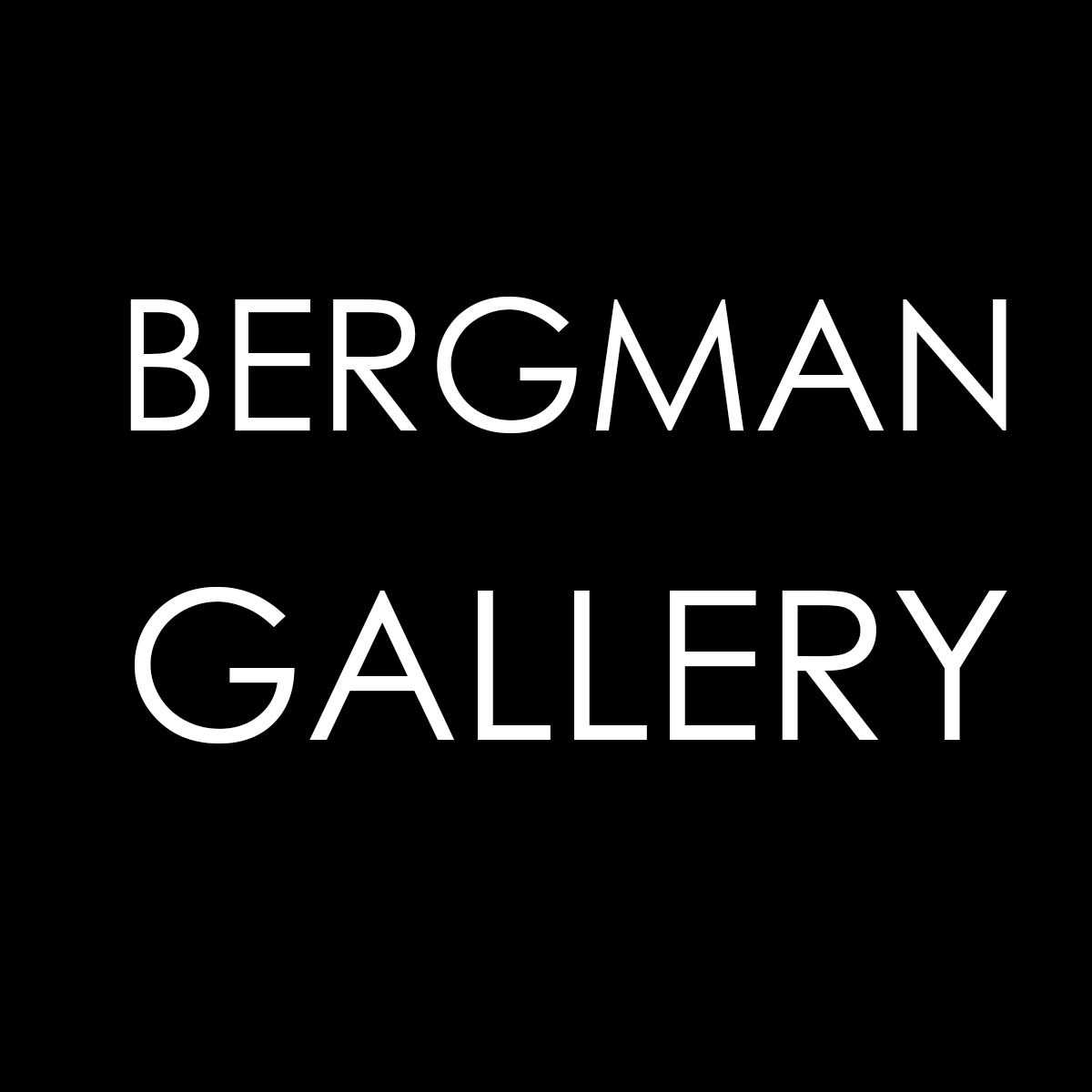Heralds marks the first dedicated exhibition of Australian artists Lucas Grogan and Luke Thurgate at Bergman Gallery, Auckland. Through their distinct yet complementary practices, both artists engage in a profound exploration of contemporary anxieties, personal histories, and the complexities of human identity. Drawing from art historical traditions, cultural symbolism, and psychological introspection, Heralds functions as a visual discourse on modern existence—both its internal landscapes and external performances.
Lucas Grogan’s Shelf Series has evolved from depicting libraries and domestic ornaments to interrogating the home medicine cabinet, a typically private space concealed behind mirrored doors. By bringing these collections into public view, Grogan transforms them into metaphorical self-portraits—a catalog of fears, desires, and vulnerabilities. His compositions, while meticulously arranged, reject the clinical perfection often associated with pharmaceutical branding; instead, they reveal the daily wear and habitual reliance on these substances. This intimate yet universal commentary speaks to broader existential anxieties, highlighting the commodification of well-being in contemporary society.
Furthering this examination of the self, Grogan’s Brain Scans shift from the tangible cabinet to the intangible workings of the mind. Executed with x-ray-like precision, these works dissect the relentless stream of thoughts, emotions, and stimuli that inundate the modern psyche. Through his signature graphic wit and meticulous linework, Grogan visually captures the fragmented consciousness of the digital age, where cognitive overload and existential contemplation coalesce in chaotic yet structured compositions.
In contrast to Grogan’s detailed introspection of the everyday, Thurgate’s work navigates the intersection of desire, mythology, and historical iconography. His intimate, small-scale paintings depict aesthetically desirable male figures, whose faces are often obscured or masked, set against clouded, ethereal backdrops reminiscent of late Renaissance religious paintings. This deliberate stylistic reference serves as what Thurgate describes as "a sincere love letter to the history of Western figurative art", while simultaneously subverting its conventions.
Themes of sexuality, romance, and power emerge through these veiled figures, who oscillate between symbols of veneration and objects of desire. The tension between parody and sincerity, menace and vulnerability, transgression and pathos permeates Thurgate’s compositions, echoing broader discussions around masculinity, representation, and the performative nature of identity. The interplay between the sacred and the profane—a recurring motif in art history—becomes a lens through which Thurgate interrogates contemporary anxieties surrounding self-expression and authenticity.
As the title Heralds suggests, this exhibition serves as a messenger of contemporary concerns, unveiling both the internal struggles of the individual and the external pressures of societal constructs. Through Grogan’s satirical yet introspective visual language and Thurgate’s layered engagement with historical traditions and contemporary queerness, the exhibition offers a compelling narrative on the personal and collective psyche. Heralds is not merely an exhibition; it is a dialogue—one that navigates the intersections of history, identity, and the unseen forces shaping human existence.



